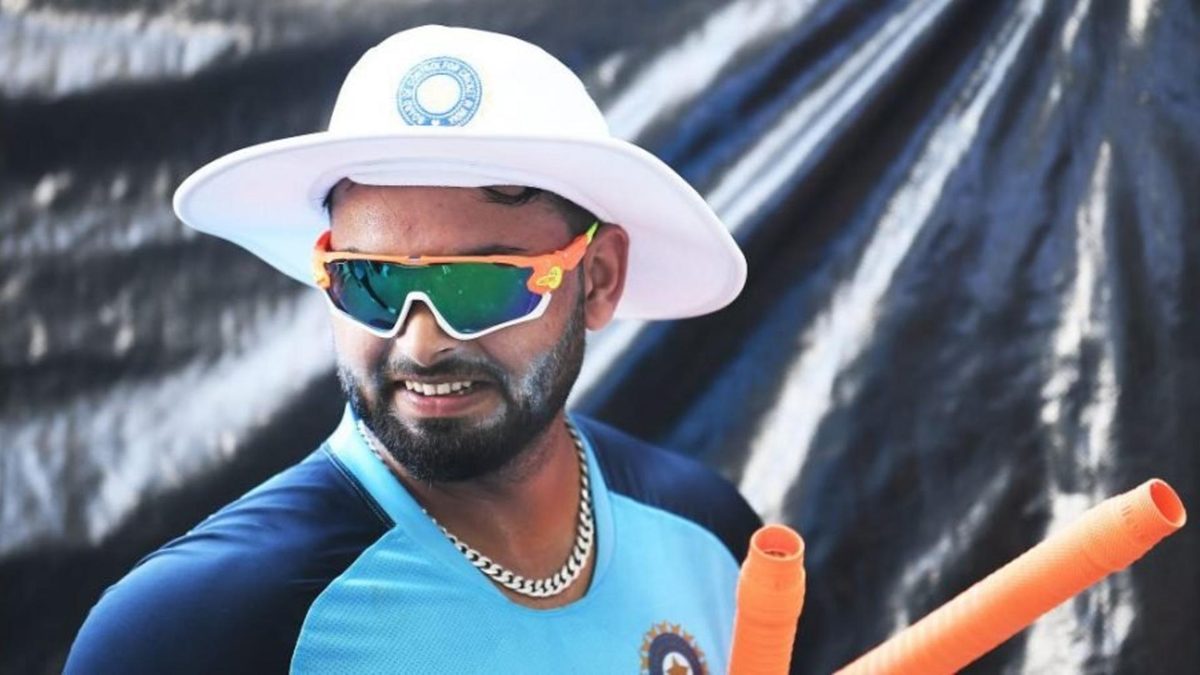
After India opted to pick select Wriddhiman Saha over Rishabh Pant for the upcoming Adelaide Test, Yas Rana explains why he thinks they made the wrong call.
The batting depth India have at their disposal in Test cricket is laughable. Both Shubman Gill (a 21-year-old who averages 68.78 in first-class cricket) and KL Rahul (a batsman in the form of his life with Test hundreds in both Australia and England) have been left out of the XI even with Rohit Sharma out injured, players who would arguably walk into every other side on the planet. Karun Nair, the scorer of Test match triple century, has only ever played six Tests. Really, you’re splitting hairs when differentiating between some of their brightest batting talents. The selector’s task is an unenviable one.
But the choice between picking Wriddhiman Saha (a 36-year-old who averages a tick over 30) and Rishabh Pant (a 23-year-old who is the only India wicketkeeper to score a Test hundred in either England or Australia) should have been a far more straightforward decision.
Let’s first look at the reasonable, if not wholly persuasive, case for Saha. He’s undoubtedly the better gloveman. He kept well in India’s most recent day-night Test – at home to Bangladesh last year – and by global standards, is a fine wicketkeeper-batsman. He’s only played three Tests in Australia so it’d harsh to judge him on such a small sample size, even if the early indicators – Saha has never passed 35 in Australia – aren’t great.
Now, let’s look at Pant. It’s an overused term but Pant is potentially a generational cricketer. It’s possibly under-appreciated how rare it is for a wicketkeeper-batsman to average 40 in Test cricket; other than Gilchrist, only seven have managed to do it this century and now India have such a player in their ranks but they’re choosing not to pick him. If he was out of form, which he was during much of this year’s IPL, that would be understandable but by the end of the tournament he looked in good enough touch that his half-century in the final almost single-handedly kept his side in the contest. There’s also the small matter of an unbeaten 73-ball hundred in his most recent first-class game, last week against Australia A.
Opting for the superior gloveman over the better batsman is an increasingly rare move made by sides in international cricket. In Australia, where you’re unlikely to regularly deal with cloud cover, wobble seam or extreme turn, and where true pitches allow the ball to bounce throw at a comfortable height, opting for the superior keeper over the better batsman doesn’t make much sense. The importance of fielding a wicketkeeping specialist anywhere in the world is arguably overrated anyway.
You can see why India might be inclined this view. On turning home pitches, they might be swayed to pick the superior gloveman and they’ve rarely had the privilege of having the option of a Test class batsman who can also keep wicket. In recent times, when all other countries have wrestled with the gloves vs. bat debate, MS Dhoni – who was both an excellent batsman and an almost revolutionary keeper – was ever-present, rendering any discussion moot.
Now that they do, the decision to leave out Pant against an attack as good as Australia’s is baffling. Pant is a young man in form who has already shown that he’s got the game for Test cricket. In a series where the margins are likely to be fine, leaving out a player with such obvious match-winning capabilities could come back to bite them.








